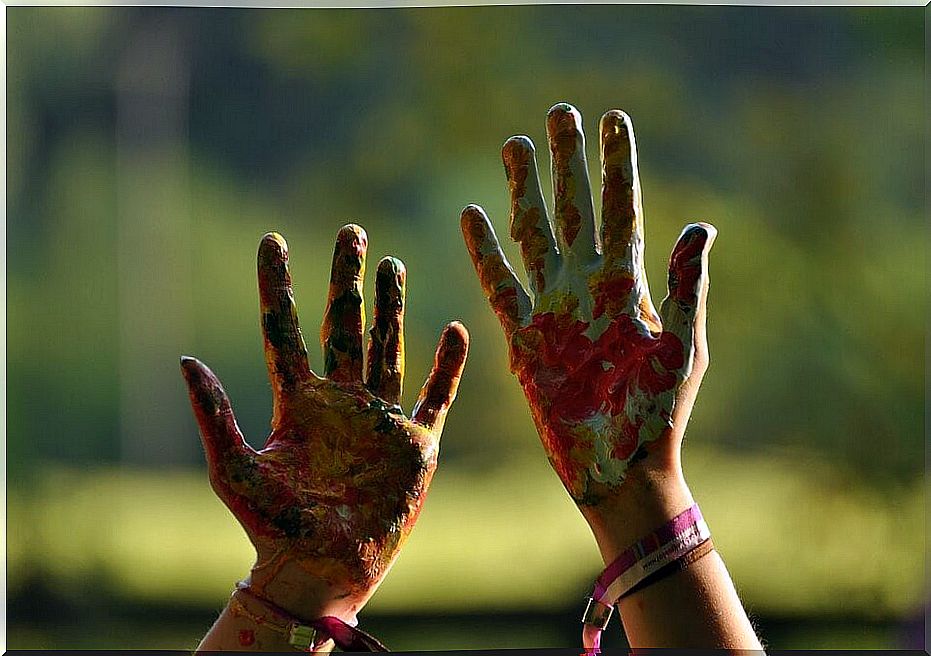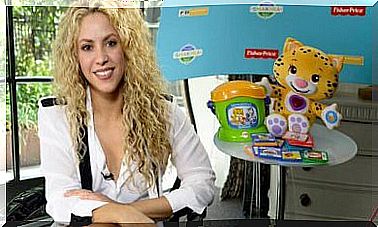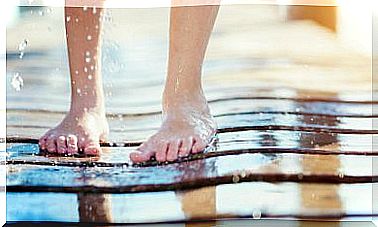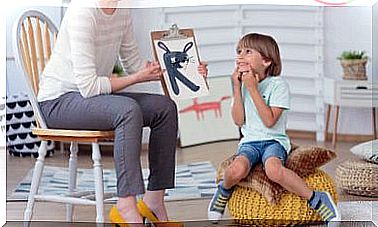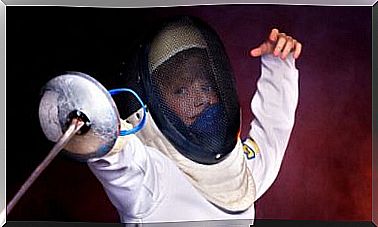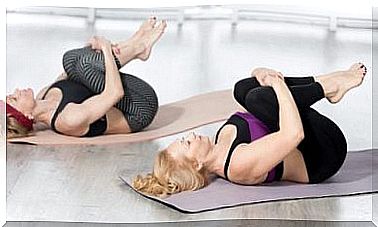How To Tell If Your Baby Is Left-handed Or Right-handed

Right-handed people predominate in the population, but 15% of babies are born left-handed. How can we know if our baby will be left-handed or right-handed? Although we cannot define it within a few months of life, there are some tests that can help us begin to determine it in its early years.
Formerly, the superstition considered that the left-handers were disadvantaged people and these were loaded with pejorative connotations. However, it is simply a condition that has nothing to do with other abilities or abilities.
How to tell if your baby is left-handed or right-handed
Laterality cannot be defined until the child is at least 3 or 4 years old. At around this age, you will begin to use the hand that you are most comfortable with more often. This will not be immediate, they may go through a transition process where they use both hands. From 6 or 7 years is when it will be fully defined if it is left-handed or right-handed.
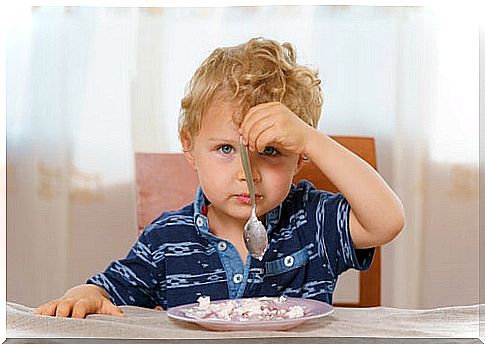
In order to begin to determine if you will be left-handed or right-handed, you can perform a test called “the Harris test”, with which, through your hands, feet, eyes and ears, we can know your condition. We must be very detailed and observe their movements carefully before the following activities:
With the hands:
- Hitting with a hammer.
- Throw a ball
- Brushing teeth.
- To comb.
- Cutwith scissors.
- Write.
- Cut with a knife.
- Wind a watch.
- Turn the doorknob.
- Tension a rubber band.
With the foots:
- Kick a ball.
- Climb a step.
- Rotate on one foot.
- Balance on one foot.
- Raise one leg on a chair.
- Write a letter with the foot.
- Single leg jump 10 meters.
- Pushing a ball for 10 meters.
- Take a ball out from under a chair.
- First leg that comes forward when losing balance.
Eye dominance:
- Sighting (15 x 25 cardboard with a hole in the center of 0.5 cm diameter).
- Kaleidoscope (Photo camera).
- Telescope (long cardboard tube).
Ear dominance:
- Talking on phone.
- Listen to the ground.
- Listen to the wall.

Final assessment to know if the child is left-handed or right-handed
To be able to test his hands and feet, you must mark each point with a “D” if he does it with the right. And you must place an “I” if it is with the left. If you do not perform all tests with one hand or foot, you must lower case (i) or (d). If you notice that he performs some actions with both legs and arms, you must place (A) -ambidextrous-.
As for the dominance of the eyes and ears, you have to do the same process. Place (D) or (I) if you perform all three actions with only one side. And put (d) or (i) if they are two out of three. In the same way, in case it does it with both, you must put (A).
If the result is DDDD, it means that your child is totally right-handed, just as for a complete left-hander the final result will be IIII A crossed laterality would conclude in DIDI AND, in the event that it is a wrongly affirmed laterality, it would be determined with some solution like ddDd for example.
Other ways to determine if the baby is left-handed or right-handed
- According to their way of eating. We can notice this from 3 years, with their way of taking cutlery.
- By opening a door with the key. A right-handed person generally opens the door to the right side, while a left-handed person opens it to the left side.
- By turning the lid of a jar. You can ask your child to open the lid of a jar. If he is left-handed, he will try to open it to the left; if, on the other hand, he is right-handed, he will do so to the right.
- When blowing your nose. We can also determine it when the nose is blown. With what hand do you usually do it?
- When playing some kind of sports. You must analyze very well which hand or foot is most comfortable with when playing.
It’s important to remember that you won’t be able to fully determine whether your child will be left-handed or right-handed until they start primary school. Babies go through many changes and processes, and therefore we cannot clearly define their condition until they are a little older.
